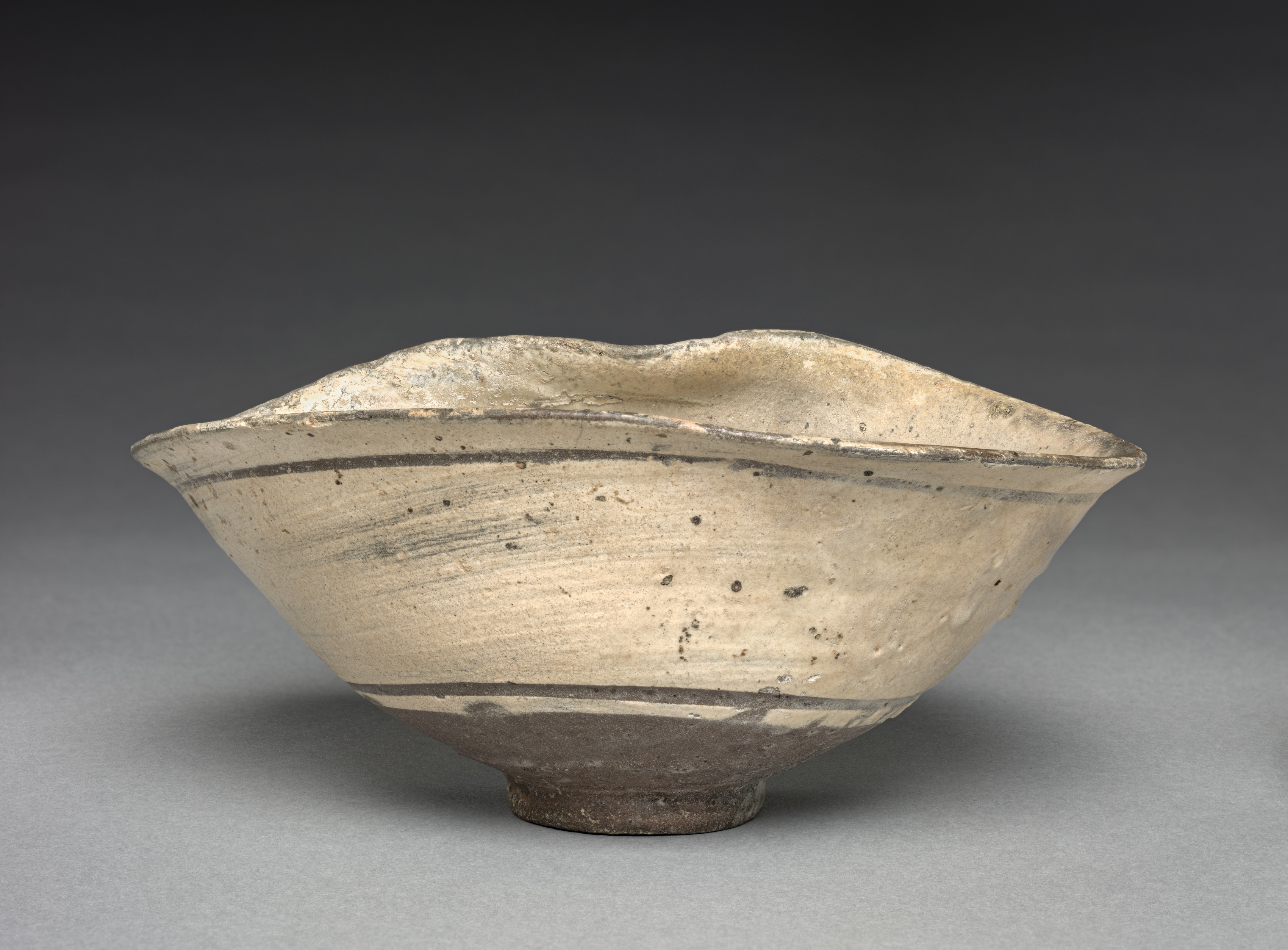The Cleveland Museum of Art
Collection Online as of April 19, 2024

Bowl with Brushing Decorations
1400s–1500s
Location: not on view
Did You Know?
This type of humble tea bowl was highly praised among Japanese collectors for its imperfect beauty.Description
This type of wide-mouthed bowls was used everyday in Korea, not exclusively for tea drinking. But when it was introduced to Japan around the early 16th century, its imperfect appearance evoking the aesthetics of wabi-sabi caused it to be repurposed as a tea bowl. Korean tea bowls were circulated as an item of foreign luxury among Japanese military elites. Many Korean potters were abducted to Japan during the Japanese invasions (1592–98) and some settled down in provinces such as in the Saga prefecture in Kyushu. Dislocated Korean potters are often credited for their leading role in the development of ceramic industry in Japan.- ?–1970Mrs. Karl V. [Florence Roberta Cooper] Martoch [1905–1971], Lakewood, OH, given to the Cleveland Museum of Art1970–The Cleveland Museum of Art, Cleveland, OH
- Park, Kyung-ja and Park Hyeong-soon. “Evolution of the Buncheong Wares in the Early Joseon Period as the White Porcelain Takes over the Taxation Supply [조선 전기 공납용 백자제작에 따른 분청사기 양식변화].” Misul sahak (2010): 291-321. www.dbpia.co.krBuncheong Ware [분청사기]. Seoul: Ehwa Woman’s University Museum, 2019.
- {{cite web|title=Bowl with Brushing Decorations|url=false|author=|year=1400s–1500s|access-date=19 April 2024|publisher=Cleveland Museum of Art}}
Source URL:
https://www.clevelandart.org/art/1970.559